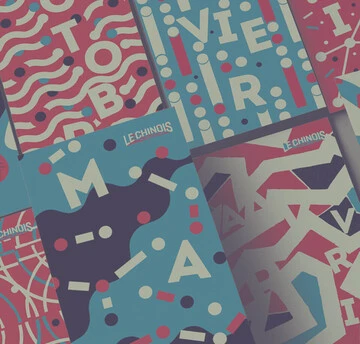category-serif
description text
A serif font is a font with small strokes or extensions at the end of its longer strokes. Serifs have their roots in ancient Roman square capitals, and became widely used with the advent of the printing press. They are often used in books, magazines, and newspapers, as serif fonts are considered easier to read in long-form use cases. Examples of serif font styles are old-style serif fonts, such as Garamond; transitional serif fonts, such as Times New Roman; didone or modern serif fonts, such as Bodoni; and slab serif fonts, such as Rockwell.
What are examples of some serif fonts?
Serif fonts are ubiquitous, so listing examples of serif fonts could become a very daunting task. Some famous serif fonts include Times New Roman, Garamond, Cambria, and Georgia. These are well-known because they are system fonts, which are pre-installed on nearly all computers. Courier is another well-known serif font, technically called a monospaced font. Some other popular examples of serif fonts are Sabon, Recoleta, and FF Meta Serif.
Are serif fonts easier to read?
The short answer is yes, serif fonts are generally easier to read than other genres, especially in print and long-form uses. Serif letterforms typically have strong visual distinction between them, which makes it easy for the eye to recognize the letter and for the brain to interpret it. This puts less strain on the reader over the duration of a longer reading session. Of course, no two fonts are alike, so some serif fonts may be easier to read than others, and there are certainly non-serif fonts, notably many humanist sans serif fonts, that are very easy to read.
Are serif fonts good for online reading?
Serif fonts are good for online reading, but designers need to be careful about using them in mobile environments. Serif fonts have more detail than sans serif fonts, not just due to their serifs but also because many serif fonts have a lot of contrast. These details are difficult to render on small screens and the result can be pixelated and fuzzy in appearance. This makes serif fonts good for online reading in articles and text on larger screens, but makes sans serifs a better choice for UX copy and apps built for smartphones and smartwatches.











